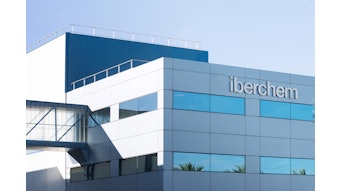Development of new, more economic techniques of ozone production has created practical advantages for its use in industrial chemical processes based on the reactions of oxidative cleavage of ethylene bond in organic compounds. This paper concerns, in particular, new or modified methods for the synthesis of odor compounds, drugs, and pesticides. Intensive studies in this field are still in progress in the USA, Japan, the Soviet Union, France, the German Democratic Republic, and Poland, The oxidation process for organic compounds, called ozonolysis, shows some advantages in comparison to classical oxidation methods: high yield (60-100%), no troublesome waste products, continuous process with relatively simple equipment with possibilities to adapt it for various substrates.
The generally approved mechanism of the ozonolysis of olefins according to Criegee is shown in figure 1. In the first stage there is an electrophilic combination of ozone to ethylene bond resulting in an intermediate product whose structure depends on the structure of substrate, type of solvent, and reaction temperature. Mostly, ozonolysis reactions are carried out in polar solvents such as water, methanol, ethanol, and low-molecule carboxylic acids. In these solvent systems appropriate hydroperoxide predominates as an intermediate product.










